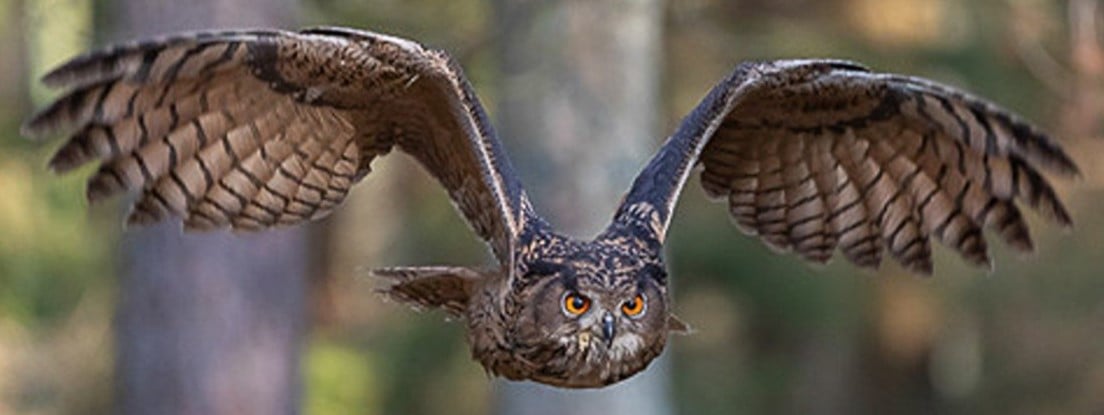In February, a USPS truck driver rescued this banded Great Horned Owl off I-90 near St. Regis, MT. Thanks to his band, we learned he was tagged as a hatch-year bird in 2022 by Washington State University and released in Moscow, Idaho. While generally, not migratory, after dispersal in the fall, young GHOWs can travel far to eventually find their own territories. We are glad to report that this owl was released back where he was found.
Ever wonder why some of our released raptors leave with a little silver bracelet on their leg? That's a federal bird band, and since 2011, Wild Skies has banded over 450 raptors as part of a nationwide effort to understand bird survival, migration, and conservation needs.
Each banded bird helps build a bigger picture of life after release, from eagles to owls and hawks. Where they go, how long they live, their challenges, and the causes of mortality.
We're proud to contribute to this critical science one bird at a time. Learn more about why bird banding matters: USGS


Thank you! 🦉